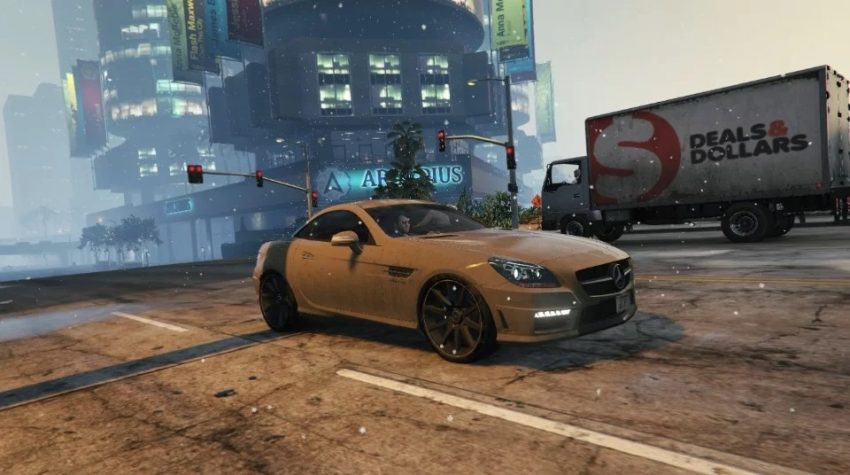
It was first showcased on track on at the 1984 Nürburgring Race of Champions, a twelve lap exhibition race celebrating the opening of the Nürburgring GP-Strecke. Mercedes pulled out of WRC competition, but the 190E 2.3-16 debuted at the Frankfurt Motor Show in September 1983 as Mercedes set their sights instead for the Deutsche Tourenwagen Meisterschaft (DTM, German Touring Car Championship) a production car based racing series in Germany. Cosworth developed a new head and created a twin-cam 16-valve engine, which was ready for homologation, but Audi's all-wheel drive Quattro A1 debuted at the Monte Carlo Rally opener of the 1983 World Rally Championship and dominated through the season, effectively deterring Mercedes from entering with a rear-wheel drive car. With its use of strong and light steel through out and a multi-link rear suspension setup, Mercedes tasked Cosworth in the early 1980s with rejuvenating its M102 cast-iron block inline-4 engine into something fit for purpose in a rally car. It was initially offered with two engines in 1982: a 2.0L inline-4 producing 89 bhp (66 kW) badged as the 190 or a fuel injected 2.0L inline-4 producing 118 bhp (88 kW) badged as the 190E, and a 2.2L diesel inline-4 badged as the 190D was made available in September 1983. During its development, Mercedes spent eight years and £6,000,000 refining the W201 to the extent of being marketed by Mercedes as "over engineered".



The 1988 Mercedes-Benz 190E 2.5-16 (W201) is a performance saloon developed and manufactured by Mercedes-Benz.įirst unveiled at Paris Motor show in October 1982, the 190 was Mercedes-Benz's first smaller saloon car and went on sale on December 9, 1982.


 0 kommentar(er)
0 kommentar(er)
